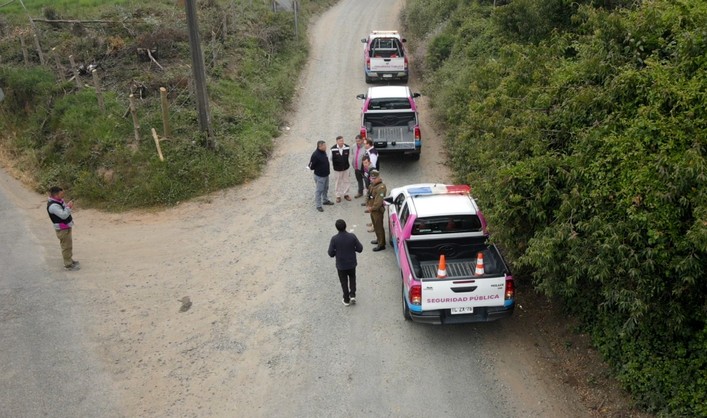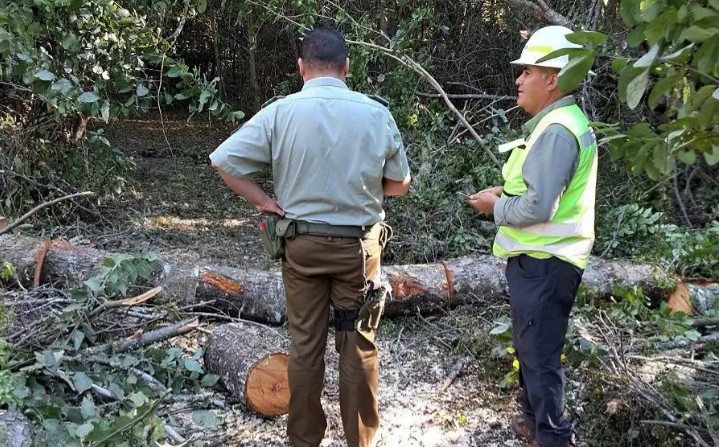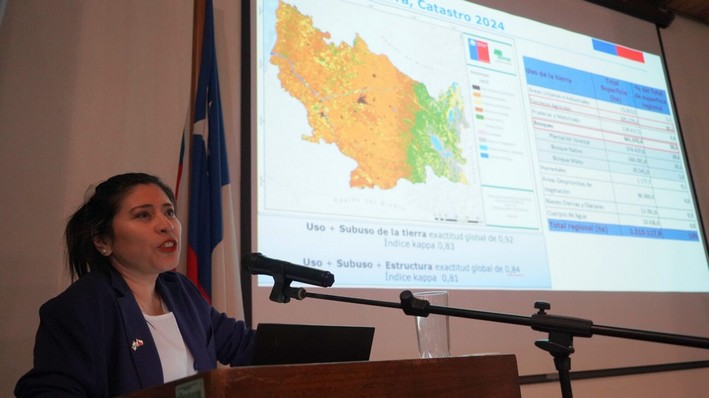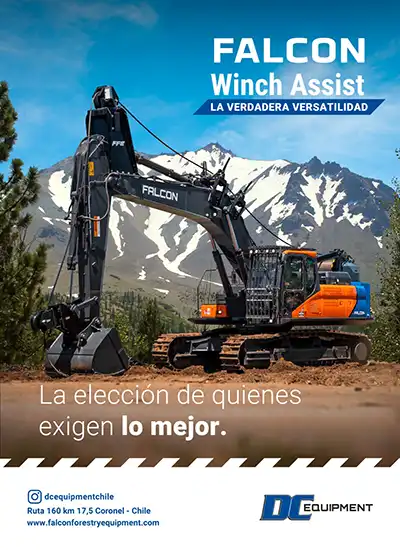Changing the Forestry Model with Fire
Should the forestry model be changed because it burns, or does it burn because some want to change it? This question could summarize where the public debate regarding the phenomenon of forest fires in Chile has headed.
In other words, the question seeks to clarify whether the forestry industry is a victim of the fires—a hypothesis supported by the National Prosecutor, Ángel Valencia, and forest landowners—or if it is responsible for the disasters, as emphatically stated by the mayor of Santa Juana and indirectly suggested by President Boric and other actors.
To attempt to answer this question, one would have to review the various arguments presented in the media by all those who have spoken about the forest fire phenomenon. However, the task is not easy. Even if we apply the necessary filter to dismiss claims lacking any rationality—primarily those that only seek to attack and disparage using social media as a platform—we are still left with a contrasting set of opinions and explanatory theories.
The first narrative to emerge is the one that blames the fires on forestry activity based on monocultures of introduced species—the famous "forestry model." Critics target the vegetation formation as a whole (the extent and homogeneity of monocultures) or individual species, attributing to them characteristics that would facilitate fires. We refer to the concept of "pyrophytic" species, which mistakenly seeks to establish the idea that trees develop evolutionary traits to burn. No such thing exists.
For this interpretation of the phenomenon, solutions such as adopting "more resilient landscapes," "territorial planning," "more forestry regulation," or "changing the forestry model" are proposed. From the president to his ministers, the official discourse has partially embraced these concepts. Esteban Valenzuela, from the Ministry of Agriculture, points to "a new pact with the forestry industry" and moving toward "an agroforestry model"—though, of course, no details are provided. Meanwhile, Maisa Rojas, from the Ministry of the Environment, states that "we must create more resilient landscapes, regardless of the cause of the fires." These statements from authorities seem to generate more doubts than certainties for the involved actors, especially those who have been affected.
Opposing this view and the authorities' discourse is the narrative of actors who emphasize the causes of fires as the fundamental issue to address. This perspective has been particularly important in this season's fires, even dominating the news agenda. In recent weeks, we witnessed a heated debate to agree on figures for intentionality (25%, 40%, or even 100% in certain municipalities, according to the governor of La Araucanía). Even those who historically omitted intentional occurrence as a relevant factor in their analysis had to reformulate their discourse, incorporating intentionality—though always secondary to the urgency of "reforming forestry activity in the territories."
The difference in perspectives is not trivial, as the inability to construct a comprehensive analysis of the phenomenon will seriously undermine the chances of reaching a viable solution in the medium term. This is already evident in the proposed Forest Fire Framework Law, which was summarized in the Forest Policy Council in early March. The bill introduces new regulations for forest owners (i.e., the victims), which initially seems inconsistent. This approach becomes outright unfeasible when observing that these regulations include the obligation to build (and maintain) 300-meter-wide firebreaks. It’s hard to trust those who, in an emergency, propose solutions at this level. What should an owner of, say, nine hectares of plantations (300x300 meters) think of this proposal? Do we need to explain to the technicians who drafted this regulation what would happen to such an owner? Or consider an owner of 25 hectares (500x500 meters). How much of their land is "legally expropriated"? Absurd.
Between the fires of 2017 and 2023, over 200,000 hectares of forest assets owned by small and medium landowners have been lost—approximately 30% of the plantations held by this segment. Faced with this reality, CONAF's burned forest recovery program responded with only 12,000 hectares reforested in five years (2017–2022).
It is this segment that is now being blamed for the damage caused by criminals who are not only unidentified and unpunished but also receive no special treatment in the future law. Increasing penalties will not deter those who want to see the current forestry model burn and are willing to destroy towns, end productive activity, and ruin the lives of those in rural municipalities. The combination of planned intentional fires, the authorities' lack of foresight, and the imposition of highly burdensome new regulations on victims will likely soon end the forestry model—not that of large industry, but that of small and medium forest landowners and the SMEs that relied on a rapidly disappearing raw material, all while authorities remain inactive and those who wish to see the forestry model gone rejoice.

















